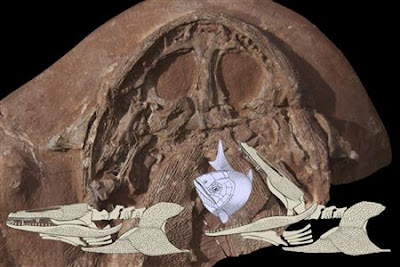 Last weekend the Telegraph reported good news for one of the country's rarest mammals. The pine marten had almost been wiped out save for a few scattered populations in Scotland.
Last weekend the Telegraph reported good news for one of the country's rarest mammals. The pine marten had almost been wiped out save for a few scattered populations in Scotland.A new report, however, reveals that the pine marten is starting to regain a foothold in parts of England and Wales.Conservation groups have reported sightings in 25 "hot spots" around the Lake District, Yorkshire, Snowdonia and even as far south as Staffordshire.Experts using DNA testing have also found evidence of pine martens in the Cwm Rheidol valley, near Aberystwyth, Wales, for the first time in 50 years.
"It now looks like there is evidence of pine martens in England and Wales for the first time since they are thought to have died out (in 1994)," said zoologist Professor David MacDonald, "There are still question marks over how viable those populations are, but it is a positive result in those areas that contrasts quite starkly with how pine martens are seen in the north of Scotland.They are relatively widespread there, but are not universally welcomed as the game keeping fraternity regard them as pests that prey upon pheasants and capercaillie."
Pine martens were once common across much of the UK, living in predominantly wooded areas and sections of moorland where they preyed upon small rodents, birds, insects and eggs. They were heavily hunted and poisoned by landowners who feared they were damaging game bird populations.In 1988 they were given full protection under the Wildlife and Countryside Act but continued to decline and by 1994 had disappeared from England and Wales.They are now thought to be the UK's second rarest carnivore after the Scottish wildcat.
Recent research has also revealed that the creatures are widespread across much of Northern Ireland. The UK as a whole is thought to be home to more than 3,600 pine martens.It is not known whether the pine martens in England and Wales came across the border from Scotland, or were isolated populations which have managed to survive unnoticed until now.
The Forestry Commission is also attempting to capture pictures of the shy mammals on film by baiting camera traps with jam and peanut butter, a favourite treat for pine martens, which have a sweet tooth particularly over the winter months when they normally eat berries.Brian Walker, wildlife officer at the Forestry Commission, added: "We have had some very reliable sightings by national park rangers. There is a lot to suggest they are living on the Yorkshire Moors now. Of course, the real clincher will be to get some DNA or a good photograph as we can't ask for money to conserve a species until we can prove it is really living here."
Northumberland Wildlife Trust will next year also begin a new pine marten monitoring scheme to provide estimates of the pine marten populations living in the area.Steve Lowe, conservation manager at Northumberland Wildlife Trust, said: "Northumberland Wildlife Trust receives regular reports of pine marten sightings across the county. Located just south of the pine marten's traditional stronghold in Scotland, Northumberland is of particular interest to researchers."
There are relatively few good news stories to go round but it's glad to end the year on one.




















































